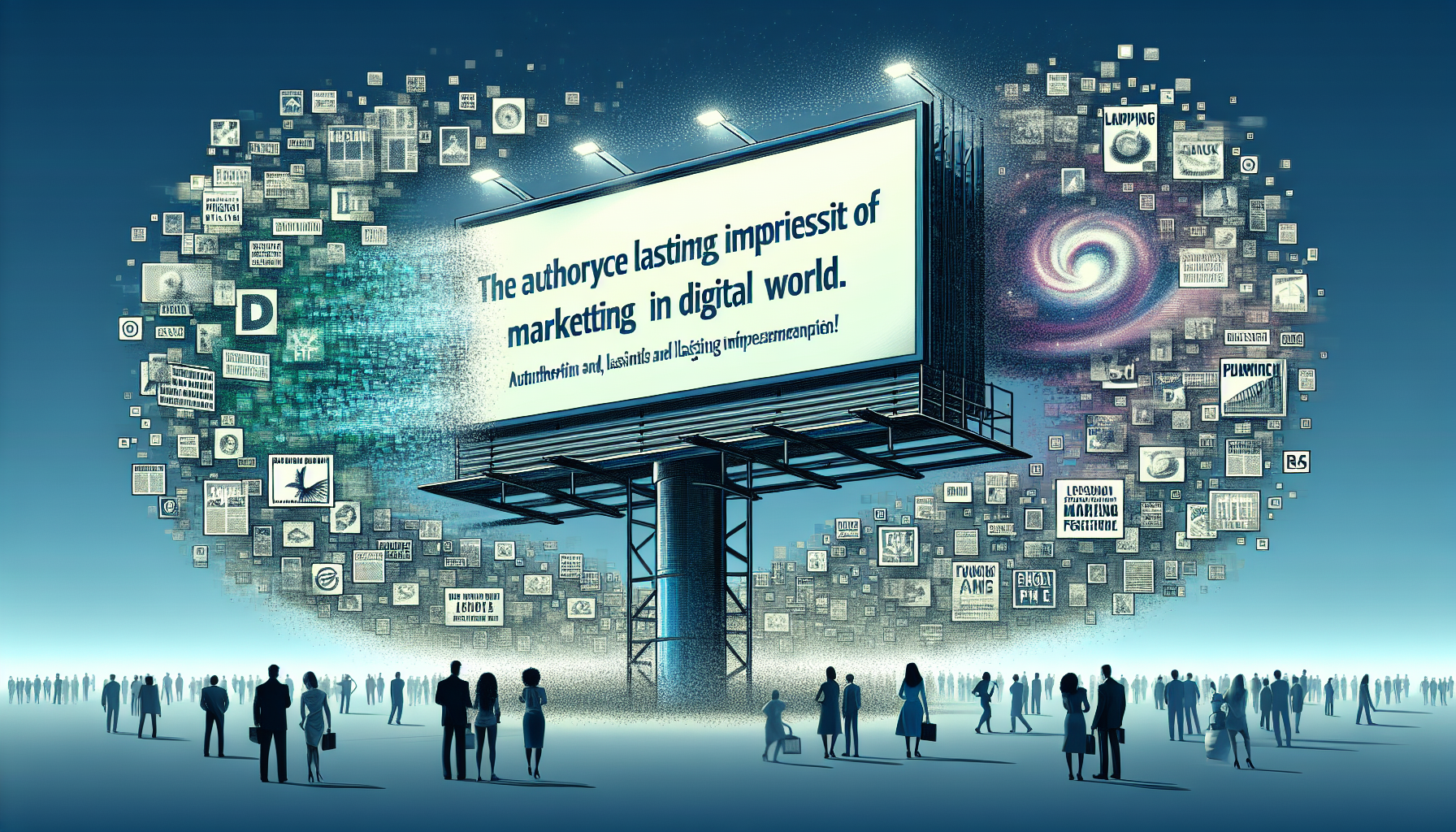In today’s fast-paced, digitally-driven society, it’s easy to assume that printed marketing is a thing of the past. With social media, email campaigns, and targeted online advertisements dominating the marketing landscape, it might be tempting to overlook the power of traditional printed marketing. However, before dismissing it entirely, let’s take a closer look at why printed marketing still matters and how it can be an effective tool in your overall marketing strategy.
The Tangible Experience: Making a Lasting Impression
One of the key advantages of printed marketing materials is their tangible nature. When you receive a beautifully designed brochure or a personalized direct mail piece, you are physically engaging with the brand. This physical experience creates a lasting impression that goes beyond a fleeting moment on a screen. Whether it’s a well-designed business card or a visually stunning poster, the tactile sensation of holding something in your hand can evoke emotions and enhance the overall impact of your marketing message.
The Power of Personalization: Stand Out from the Digital Noise
In an era where we are bombarded by digital advertisements on every platform and in every corner of the internet, printed marketing can offer a breath of fresh air. By leveraging personalization techniques, such as variable data printing, you can create printed materials that speak directly to your target audience.
Imagine receiving a direct mail piece with your name on it, tailored content that aligns with your interests and preferences. This level of personalization not only grabs the recipient’s attention but also enhances the perceived value of your marketing efforts. With printed marketing, you have the opportunity to cut through the digital noise and make a genuine connection with your audience in a more personal and meaningful way.
Building Trust and Credibility
Another significant advantage of printed marketing is the sense of trust and credibility it can convey. In an era of fake news and online scams, physical materials, such as brochures, catalogs, or magazines, can provide a sense of legitimacy and professionalism that is often missing from digital encounters.
Think about it – receiving a printed magazine subscription from a reputable industry publication feels more trustworthy than stumbling upon an article online. The physical presence of a well-crafted printed piece implies quality, expertise, and authenticity, reinforcing your brand’s message and your credibility in the eyes of your target audience.
Breaking Through Digital Fatigue
In an age where our online activities have become almost second nature, people have developed a certain level of “digital fatigue.” Many individuals are constantly bombarded with online ads, emails, and pop-ups, to the point where they become immune or simply tune them out. This advertising overload diminishes the effectiveness of digital marketing in reaching your audience.
Printed marketing materials offer a welcome respite from the digital noise. With their tactile nature and ability to stand out in a physical space, they can capture and hold the reader’s attention in ways that digital ads often can’t. A well-designed and strategically placed print ad or billboard can command attention and leave a lasting impression on a potential customer.
Amplifying Your Online Efforts: The Power of Integration
While digital marketing has undoubtedly revolutionized the industry, it’s crucial to remember that printed marketing can coexist and even complement your online efforts. By integrating printed and digital strategies, you can maximize your reach and effectiveness.
For example, a creatively designed direct mail piece can drive traffic to your website or social media channels by including QR codes or personalized URLs. Similarly, including your social media handles or website links on printed materials can encourage customers to engage further digitally. By seamlessly combining the best of both worlds, you create a cohesive and comprehensive marketing campaign that strengthens your brand across multiple channels.
Environmental Considerations: Balancing Sustainability
In today’s environmentally conscious world, it’s essential to address the sustainability aspect of printed marketing. While it’s true that traditional printing methods have the potential to generate waste and contribute to deforestation, the industry has made significant strides to minimize its ecological impact.
By using eco-friendly printing practices, such as vegetable-based inks and recycled paper options, you can reduce your carbon footprint. Additionally, optimizing your printing processes by carefully planning quantities and targeting specific audiences helps minimize waste.
Furthermore, printed marketing materials often have a longer lifespan than their digital counterparts. While digital ads disappear after a few seconds or get lost in the ever-scrolling content, printed materials can remain in someone’s possession for an extended period, serving as a constant reminder of your brand’s message.
Conclusion
In conclusion, while digital marketing strategies have undeniably changed the marketing landscape, printed marketing materials still hold their ground as valuable and effective tools. The tangible experience they offer, the power of personalization, the trust and credibility they convey, and the ability to break through digital fatigue all contribute to their enduring power.
By integrating printed marketing with digital efforts, you can create a holistic marketing campaign that reaches audiences through multiple touchpoints, maximizing your brand’s visibility and impact.
So, before you turn your back on printed marketing, consider the unique advantages it brings to the table. Embrace both the digital and the tangible, and watch your marketing efforts thrive in a world where both can coexist and amplify each other.
